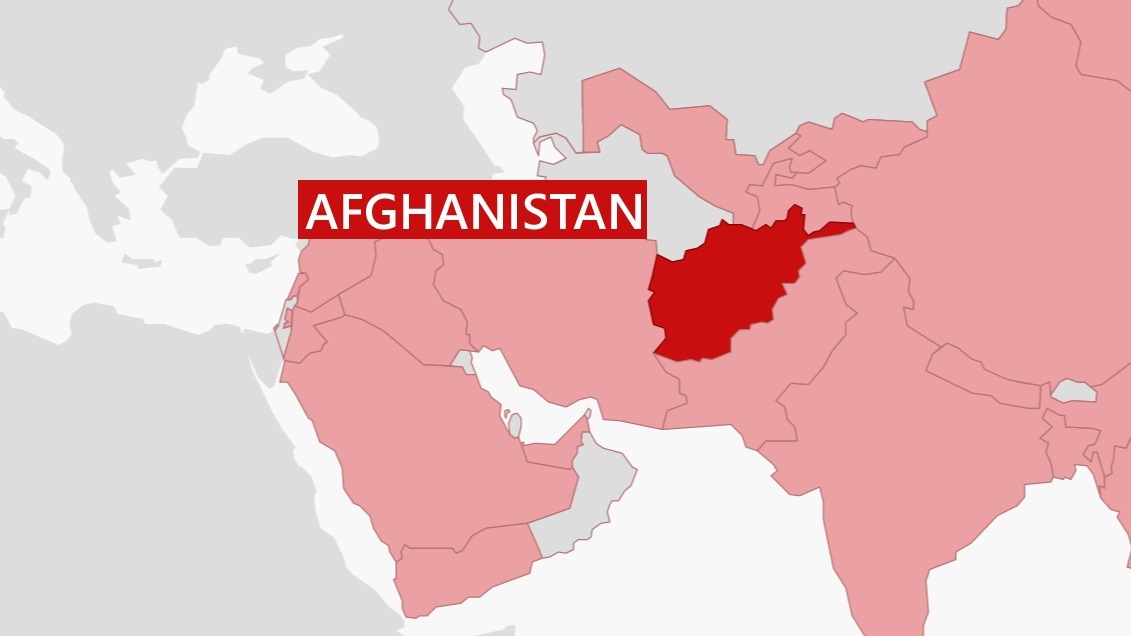Afghanistan, a nation at the crossroads of South and Central Asia, boasts a history as rich and diverse as its rugged landscapes. From the towering peaks of the Hindu Kush mountains to the vast arid expanses of its deserts, Afghanistan’s geography has both shaped and defined its story. This landlocked nation has been a melting pot of cultures, civilizations, and empires for millennia, with a tapestry woven from the threads of conquest, trade, and the indomitable spirit of its people.
The Afghan people, known for their resilience and bravery, have navigated through the ebb and flow of history, facing the challenges of both internal strife and external influences. Afghanistan’s story is one of the ancient cities, modern conflicts, nomadic tribes, settled communities, and a diverse mosaic of ethnicities and languages.
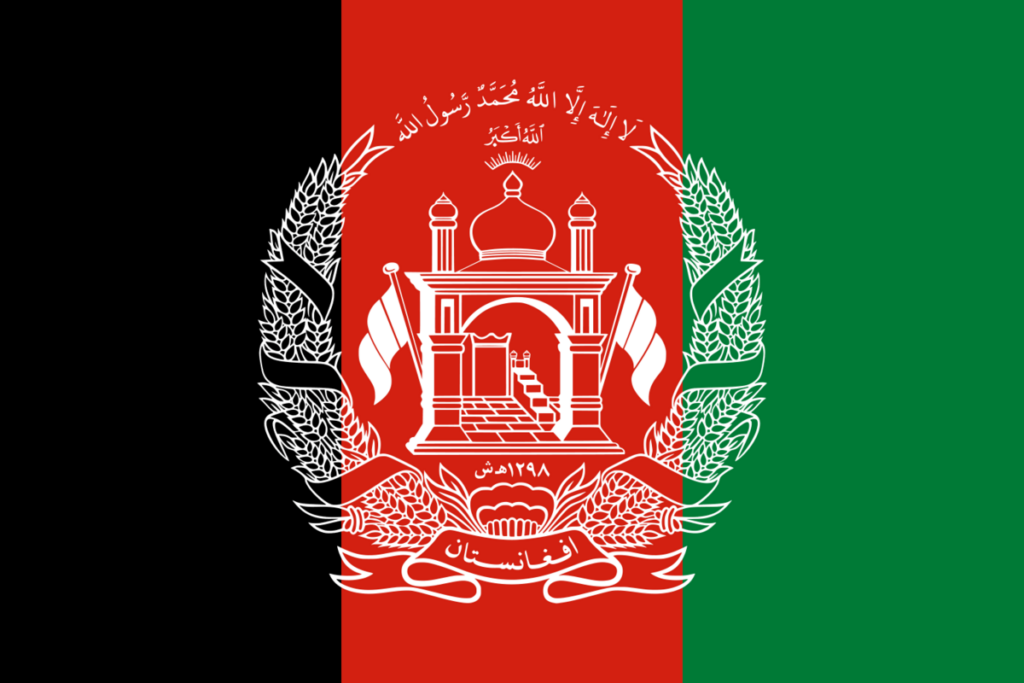
- Official Name: Islamic Republic of Afghanistan
- Capital: Kabul
- Population: Approximately 38 million (2023)
- Official Languages: Pashto and Dari (Persian)
- Currency: Afghan Afghani (AFN)
- Geographic Location: Afghanistan is a landlocked country located in South Asia and Central Asia. It shares borders with Pakistan to the east and south, Iran to the west, Turkmenistan, Uzbekistan, and Tajikistan to the north, and China to the northeast.
- Government: Afghanistan is an Islamic Republic with a presidential system of government.
- President: The President serves as the head of state and government. Please note that political situations may have changed since my last update, so it’s essential to verify the current leadership.
- Religion: Predominantly Islam, with the majority being Sunni Muslims.
- Climate: Afghanistan experiences a varied climate, including arid to semi-arid conditions in many areas. The climate can be freezing in the winter and hot in the summer.
- Time Zone: Afghanistan Time (AFT), UTC+4:30
- Major Cities: Kabul (capital), Kandahar, Herat, Mazar-e-Sharif, Jalalabad.
- Natural Resources: Afghanistan is rich in natural resources, including minerals such as copper, iron ore, and rare earth elements, as well as significant energy resources like natural gas and coal.
History
Afghanistan boasts a rich and diverse history, with a cultural heritage spanning millennia. Situated at the crossroads of Central Asia, the Indian subcontinent, and the Middle East, the region’s strategic location has made it a melting pot of various civilizations, each leaving a lasting impact on its culture.
Ancient Afghanistan was part of the historic Silk Road, facilitating trade and cultural exchange between East and West. One of the earliest civilizations to influence the region was the Indus Valley Civilization, which thrived around 2500 BCE. Later, the Achaemenid Empire, led by Cyrus the Great, conquered the area and incorporated it into their vast empire around 550 BCE.
In the following centuries, Alexander the Great’s conquest brought Hellenistic influence to the region, and the area became an integral part of the Greco-Bactrian Kingdom. Buddhism also took root during this period, with the famous Bamiyan Buddhas being erected in the 3rd and 4th centuries CE.
Afghanistan’s history took a significant turn with the spread of Islam in the 7th century CE. The Arab conquest brought Islam to the region, gradually supplanting Buddhism and other religions. The land became a center of Islamic culture and learning, producing prominent scholars and thinkers.
Afghanistan witnessed the rise and fall of various dynasties and empires throughout the centuries, including the Ghaznavids, Ghurids, Timurids, and Safavids. These empires contributed to the flourishing of art, architecture, literature, and science, leaving behind a wealth of cultural heritage.
The 18th and 19th centuries saw the emergence of the Durrani Empire, founded by Ahmad Shah Durrani. During this time, Afghanistan faced challenges from regional powers like the British and Russian empires, leading to the Anglo-Afghan wars.
In the 20th century, Afghanistan experienced significant political and social transformations. In the 1970s, a communist coup followed by Soviet intervention led to a prolonged conflict. The Soviet-Afghan War in the 1980s resulted in widespread devastation and loss of life while also giving rise to the Mujahideen resistance.
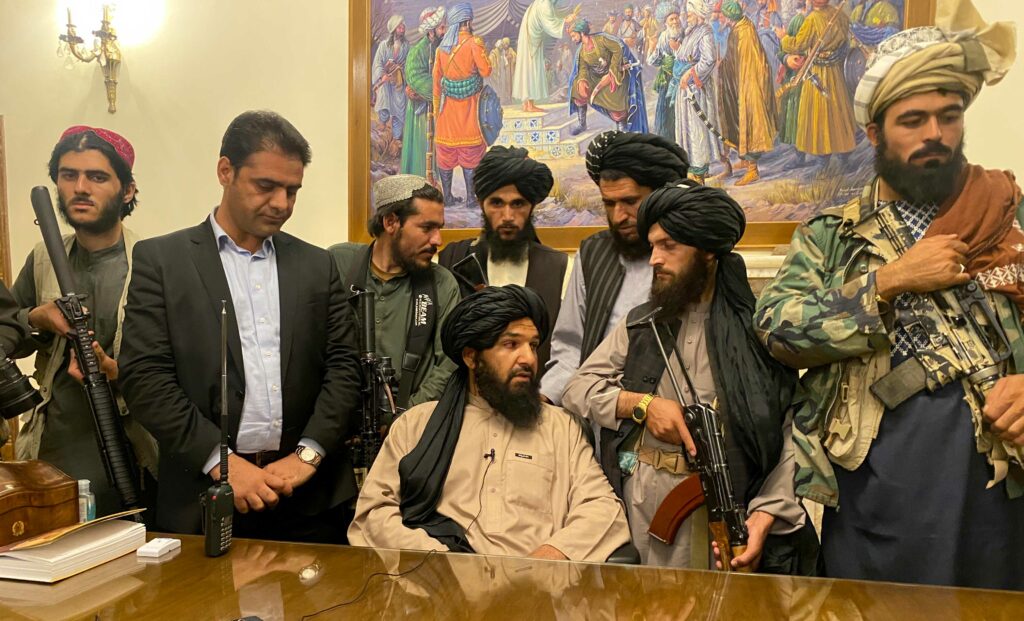
The late 20th and early 21st centuries saw further turmoil with the rise of the Taliban, an extremist group that took control of Afghanistan and imposed strict interpretations of Islamic law. This period severely impacted the preservation of cultural heritage and led to the destruction of historical artifacts, including the infamous collapse of the Bamiyan Buddhas in 2001.
Despite the challenges, Afghanistan’s cultural heritage remains resilient. It includes diverse traditional arts, music, and crafts, as well as architectural marvels like the Minaret of Jam and the historic city of Herat. The nation’s cultural heritage represents the enduring spirit of its people, and efforts are ongoing to protect and preserve it for future generations. However, ongoing conflict and political instability pose significant challenges in safeguarding this invaluable heritage.
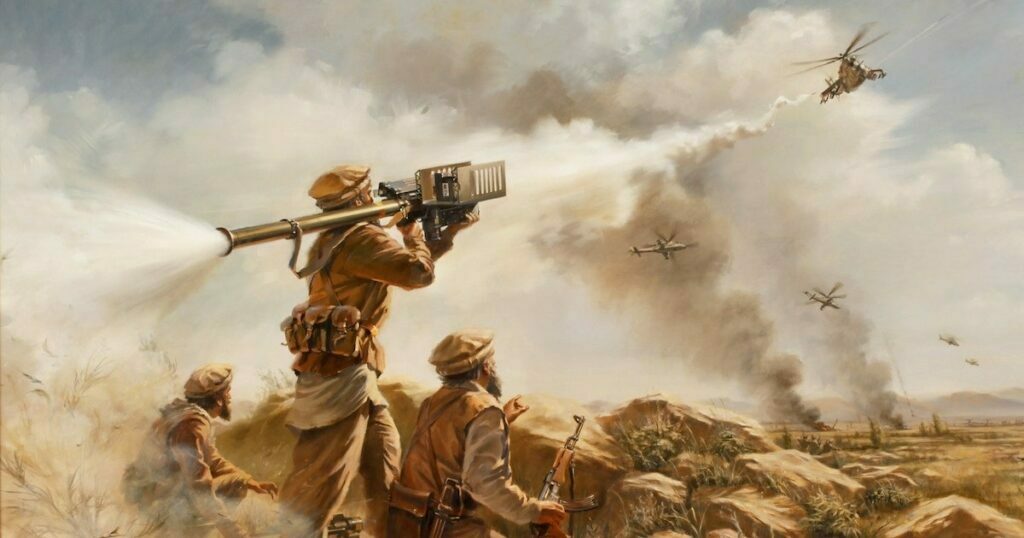
Geography
Afghanistan is a landlocked country located in Central Asia and South Asia. It is bordered by Pakistan to the south and east, Iran to the west, Turkmenistan, Uzbekistan, and Tajikistan to the north, and China to the northeast. The country’s strategic location at the crossroads of Central Asia has historically made it a significant cultural and trade hub.
Key geographic features of Afghanistan include the rugged and mountainous terrain that covers most of the country. The Hindu Kush mountain range runs from the northeast to the southwest, a prominent geographic feature that divides the country into different regions. The highest point in Afghanistan is Noshaq Peak, 7,492 meters (24,580 feet) above sea level.
Numerous rivers flow through the country, with the Amu Darya and the Hari Rivers being the most important. These rivers provide vital water resources for agriculture and support local communities.
Afghanistan’s climate varies depending on the region. The central and northern areas have a continental climate with hot summers and cold winters, while the southern regions experience a more arid and desert-like climate.
Afghanistan has a rich history and cultural heritage despite its rugged terrain and challenging environment. The region has been a significant center of trade and migration for millennia, attracting various civilizations and empires throughout history. The diverse geography has contributed to the country’s cultural diversity, with different ethnic groups and languages coexisting within its borders.
However, Afghanistan has faced numerous challenges, including geopolitical conflicts and wars. The country has been central to major political and military struggles, both internally and from foreign forces. These conflicts have profoundly impacted the Afghan people and shaped the nation’s contemporary history.
In summary, Afghanistan’s geography is defined by its mountainous landscape, diverse climates, and strategic location at the crossroads of Central and South Asia. While its natural beauty and cultural heritage are significant assets, the country’s geography has also contributed to its complex history and ongoing challenges.
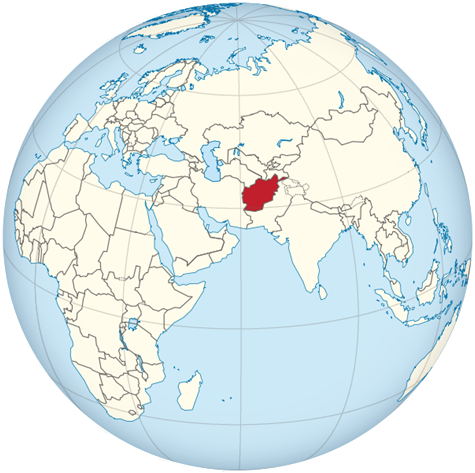
Politics
The political history of Afghanistan is complex and has been marked by a series of dynasties, invasions, and internal conflicts. Here is a brief overview of the significant political developments in Afghanistan:
- Ancient and Medieval Periods: Afghanistan has a long history. It was part of various empires, including the Persian Achaemenid Empire and the Mauryan Empire of India. The region also witnessed the spread of Buddhism along the Silk Road.
- Islamic Conquest: In the 7th century, Arab Muslims began to conquer Afghanistan, spreading Islam. The region became part of the vast Islamic caliphates and was ruled by various dynasties, including the Ghaznavids and Ghurids.
- Mongol Invasions: In the 13th century, Afghanistan experienced devastating Mongol invasions that significantly impacted the region.
- Timurid Empire: In the 15th century, the Timurid Empire, founded by the Turco-Mongol conqueror Timur (Tamerlane), controlled Afghanistan.
- Mughal Empire: During the 16th century, the Mughal Empire from India extended its influence over parts of Afghanistan.
- Rise of the Pashtun Tribes: The 18th century saw the rise of the Pashtun tribes, particularly the Hotaki and Durrani tribes. Ahmad Shah Durrani, the founder of the modern state of Afghanistan, established the Durrani Empire in 1747. The country’s name “Afghanistan” originates from this period.
- Anglo-Afghan Wars: Afghanistan came into conflict with British India in the 19th century during the First and Second Anglo-Afghan Wars. The Afghan forces could not prevent British control over some areas despite fierce resistance.
- Modernization and Internal Conflicts: In the late 19th and early 20th centuries, Afghanistan underwent efforts at modernization under King Amanullah Khan, who attempted to introduce social and political reforms. However, these changes faced significant opposition from conservative elements, leading to internal conflicts.
- Cold War and Soviet Invasion: Afghanistan became embroiled in the Cold War in the late 20th century. In 1979, the Soviet Union invaded Afghanistan to support a communist government, leading to a decade-long conflict known as the Soviet-Afghan War. The Afghan resistance, supported by various countries, including the United States, eventually led to the Soviet withdrawal in 1989.
- Civil War and Taliban Rule: Following the Soviet withdrawal, Afghanistan descended into a prolonged civil war among Mujahideen factions. In the mid-1990s, the Taliban, an extremist Islamist group, emerged and rapidly gained control over much of the country. They ruled Afghanistan from 1996 to 2001, imposing strict interpretations of Islamic law.
- U.S. Intervention and Post-9/11 Era: In 2001, after the 9/11 terrorist attacks, the United States and its allies intervened in Afghanistan to oust the Taliban regime, which had harbored Osama bin Laden and Al-Qaeda. This intervention led to establishment of a new Afghan government and the beginning of a protracted conflict with the Taliban insurgency.
- Ongoing Conflict and Peace Efforts: Since the U.S.-led intervention, Afghanistan has faced ongoing conflict between the Afghan government, international forces, and the Taliban. Various attempts have been made to find a peaceful resolution, including negotiations and agreements, but achieving lasting stability and peace remains a significant challenge.
The political history of Afghanistan is marked by a series of external influences and internal struggles, which continue to shape the country’s trajectory to this day.
The politics of Afghanistan have been marked by a complex and turbulent history influenced by internal and external factors. Afghanistan had undergone significant changes due to the withdrawal of the United States and NATO forces, culminating in the fall of Kabul to the Taliban in August 2021. Please note that the situation may have evolved since then.
Before the fall of Kabul, Afghanistan was a democratic republic, and a presidential form of government characterized its political system. The President was the head of state and government, and the Afghan National Assembly (comprising the House of the People and the House of Elders) was the country’s legislature. However, the political landscape was often marred by corruption, power struggles, and ethnic tensions, which complicated the functioning of the government and impeded effective governance.
The country has a diverse and multi-ethnic population, with Pashtuns, Tajiks, Hazaras, and Uzbeks being the major ethnic groups. These ethnic divisions have historically played a significant role in shaping politics and power dynamics in Afghanistan.
The presence of militant groups, mainly the Taliban, has been a dominant factor influencing Afghan politics. The Taliban, an Islamist extremist group, emerged in the 1990s and governed Afghanistan from 1996 until 2001 when they were ousted by a U.S.-led invasion following the 9/11 attacks. After their ouster, the Taliban continued to engage in an insurgency against the Afghan government and foreign forces.
The post-2001 period saw international efforts to stabilize Afghanistan and establish a democratic government. However, these efforts faced numerous challenges, including corruption, weak governance, and ongoing violence from the Taliban and other insurgent groups.
The United States and its allies had a significant military presence in Afghanistan, aiming to counter terrorism and support the Afghan government. However, the effectiveness of these efforts remained contentious, with some arguing that foreign intervention fueled the insurgency and led to civilian casualties.
In 2021, the U.S. announced its decision to withdraw troops from Afghanistan, and the process was completed in August of that year. Following the withdrawal, the Taliban rapidly gained control of large parts of the country and eventually took over Kabul, leading to the collapse of the Afghan government. This raised concerns about human rights, particularly regarding the treatment of women and minorities, and created a volatile geopolitical situation.
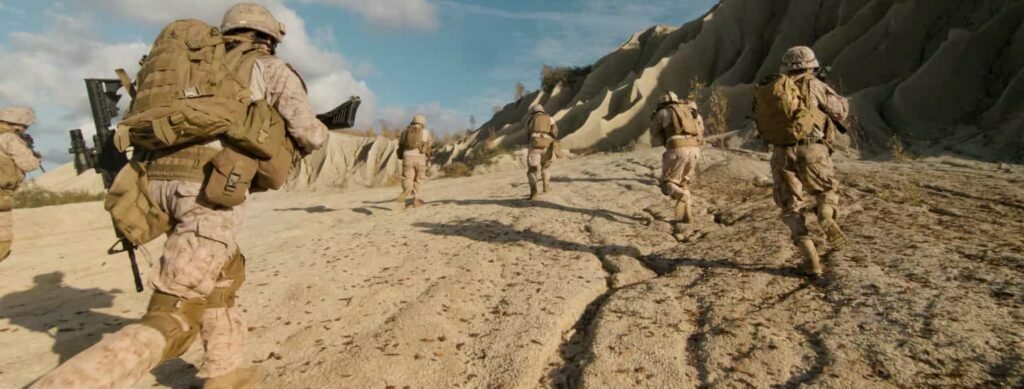
Economy
Afghanistan’s economy faced several challenges due to decades of conflict, political instability, and limited infrastructure development.
1. Agriculture: Agriculture has been a significant component of Afghanistan’s economy, with a substantial portion of the population engaged in farming. Major crops include wheat, corn, rice, fruits, and vegetables. The country is also known for producing opium, making it a significant player in the global drug trade.
2. Natural Resources: Afghanistan is rich in natural resources, including vast reserves of minerals such as iron ore, copper, gold, lithium, and rare earth elements. However, the exploitation of these resources has been hindered by security concerns and a lack of investment.
3. Foreign Aid: Afghanistan heavily relied on foreign aid and financial assistance from the international community to sustain its economy and support development projects. Donors played a crucial role in providing infrastructure, education, and healthcare funds.
4. Services Sector: The services sector contributed to the economy, particularly trade, transport, and telecommunications. Significant cities like Kabul, Kandahar, and Herat were economic activity centers.
5. Challenges: The country faced numerous challenges that hindered economic growth, including political instability, corruption, poor governance, and security concerns due to ongoing conflict with the Taliban and other extremist groups.
6. Poverty and Unemployment: Afghanistan struggled with widespread poverty and high unemployment rates, especially among the youth. The lack of economic opportunities contributed to the vulnerability of many individuals, leading to ongoing social and economic issues.
7. Infrastructure and Connectivity: Afghanistan’s infrastructure remained underdeveloped, with limited road networks, electricity supply, and access to essential services in rural areas.
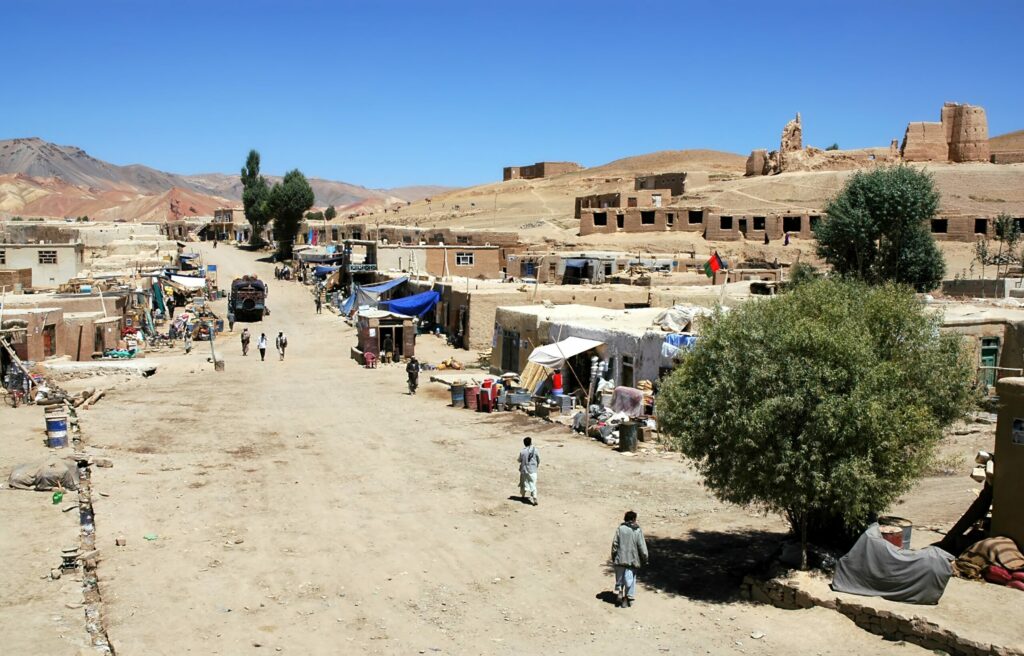
Culture
The culture of Afghanistan is rich, diverse, and deeply rooted in its history, which spans thousands of years. It has been influenced by various civilizations, including the Persians, Greeks, Mongols, and Arabs, resulting in a unique blend of traditions, customs, and beliefs.
1. Language and Religion: The official language of Afghanistan is Dari (Persian) and Pashto. Islam is the dominant religion, with the majority of Afghans being Sunni Muslims, while a significant minority follows Shia Islam.
2. Family and Society: Afghan society is traditionally tribal, with strong family bonds and a collectivist culture. Family plays a central role in an individual’s life, and the extended family often lives together in close-knit communities.
3. Hospitality: Afghans are known for their warm hospitality and respect for guests. Offering tea and food to visitors is a common custom, and guests are treated with utmost care and consideration.
4. Art and Literature: Afghanistan has a rich tradition of art, calligraphy, and miniature painting, with influences from Islamic and Persian art. Literature has also thrived, with famous poets like Rumi and Hafez hailing from the region.
5. Music and Dance: Afghan music reflects the country’s cultural diversity, with traditional instruments like the rubab, tabla, and sarod. Attan, a vibrant and rhythmic dance, is a significant part of Afghan celebrations and gatherings.
6. Cuisine: Afghan cuisine is influenced by its surroundings and varies by region. Typical dishes include kebabs, rice pilaf, and naan bread. Tea is the most popular beverage, and green tea is served in many social settings.
7. Festivals: Afghan festivals often involve religious and cultural traditions. Eid al-Fitr and Eid al-Adha are two major Islamic celebrations, while Nowruz marks the Afghan New Year, celebrated in spring with various customs and rituals.
8. Clothing: Traditional Afghan clothing varies between regions, but men often wear loose-fitting garments like the shalwar kameez, while women wear burqas or colorful dresses called Afghanis.
9. Sports: Buzkashi is a traditional Afghan sport played on horseback, involving teams trying to grab a goat carcass and carry it to a goal. Football (soccer) is also top-rated among Afghans.
10. Challenges: Afghanistan’s cultural heritage has faced challenges due to decades of conflict, which have caused damage to historical sites and led to the loss of some traditions. Additionally, the status of women in Afghan society has been a subject of concern, with efforts being made to promote gender equality and women’s rights.
Overall, the culture of Afghanistan is a tapestry of ancient traditions, religious values, and regional diversity, which continues to shape the identity and resilience of its people.
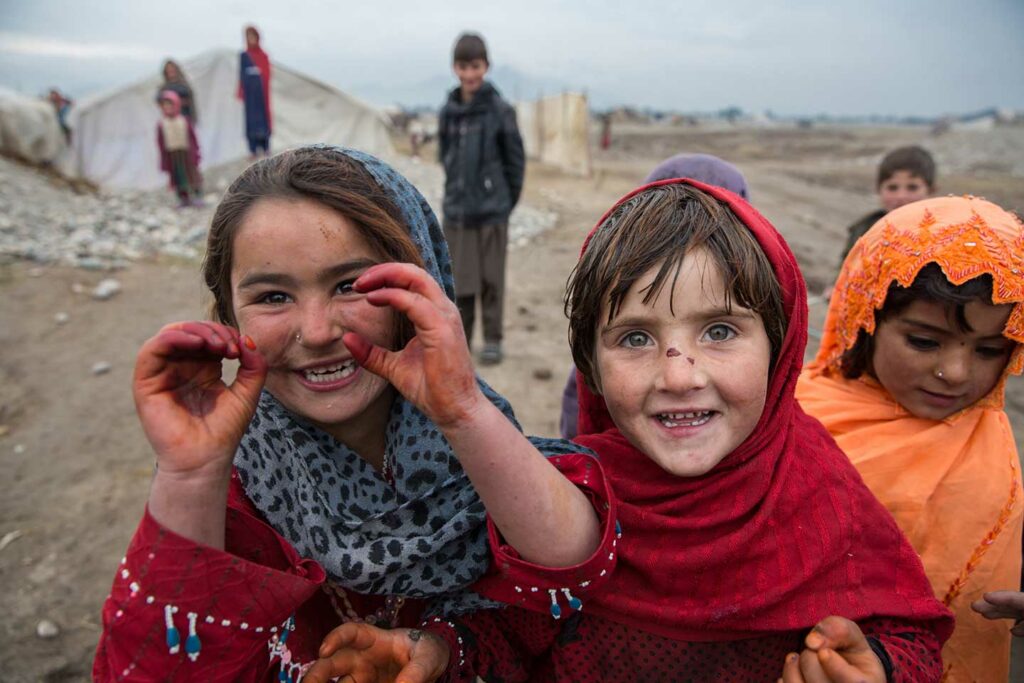
Conclusion
Afghanistan’s complex history, geographic significance, and diverse culture make it a beautiful country to explore. Despite enduring immense challenges, the Afghan people have demonstrated resilience and a strong desire for peace, stability, and progress. As the country continues its path toward development, it is crucial to support Afghanistan’s efforts for sustainable peace, economic growth, and the protection of human rights.
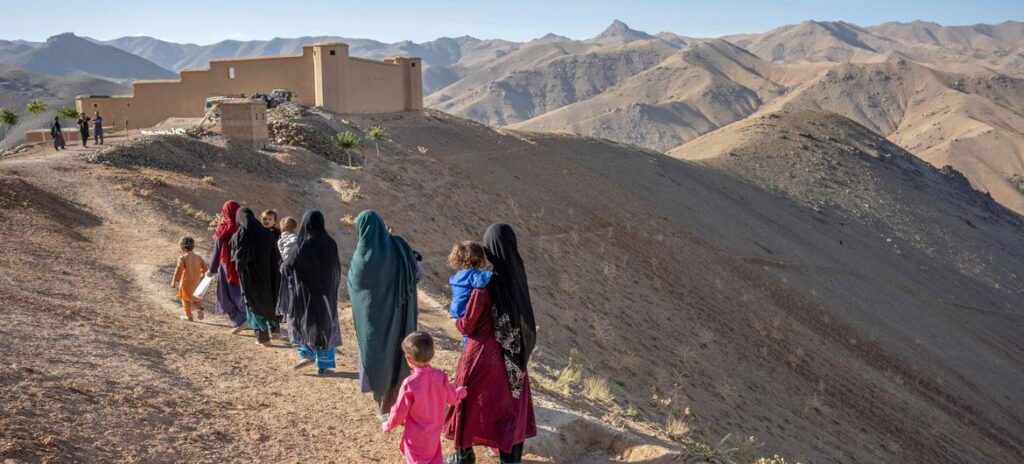
FAQ
Where is Afghanistan located?
Afghanistan is a landlocked country in South Asia. It shares borders with Pakistan to the east and south, Iran to the west, Turkmenistan, Uzbekistan, Tajikistan to the north, and China to the northeast.
What is the capital city of Afghanistan?
The capital and largest city of Afghanistan is Kabul.
What languages are spoken in Afghanistan?
The official languages of Afghanistan are Pashto and Dari (a dialect of Persian). Various regional languages and dialects are also spoken, including Uzbek, Turkmen, Balochi, and others.
What is the population of Afghanistan?
The estimated population of Afghanistan in 2021 was approximately 39 million people.
What is the religion followed in Afghanistan?
Most of the Afghan population adheres to Islam, with the majority being Sunni Muslims. A significant minority follows Shia Islam.
What is the history of conflict in Afghanistan?
Afghanistan has a long history of conflict, including invasions and occupations by various empires and external powers. In recent times, the country has faced conflicts such as the Soviet-Afghan War (1979-1989), the Afghan Civil War (1992-1996), and the Taliban insurgency (2001-present).
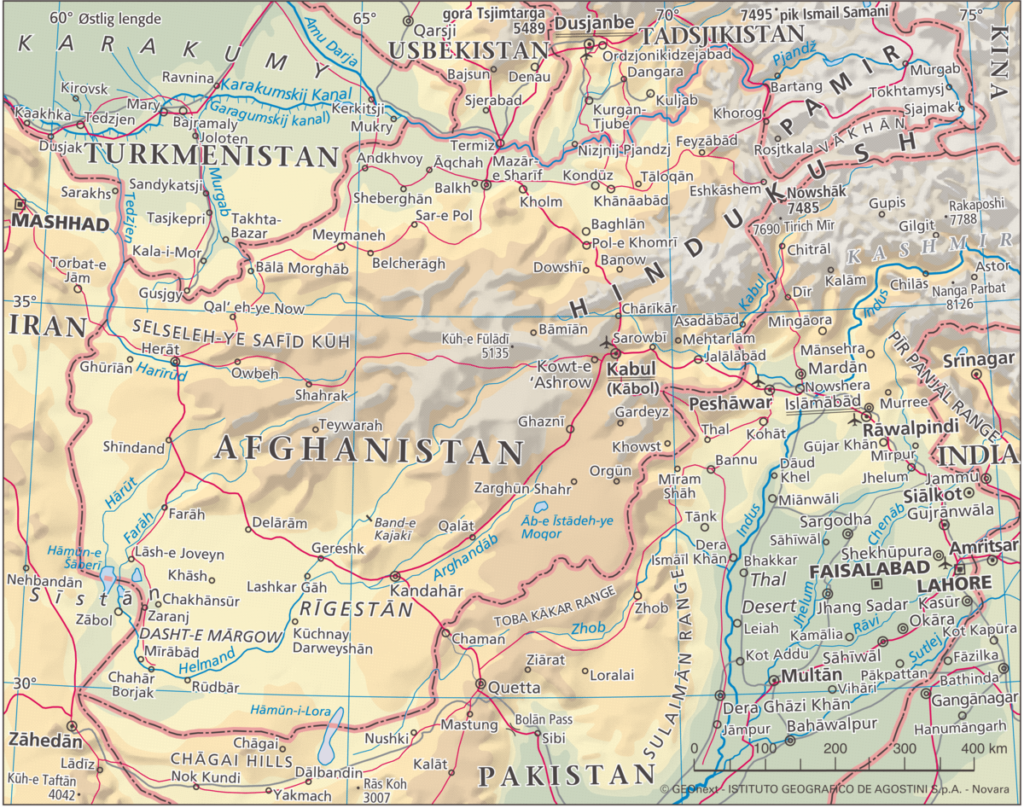
What is the current political situation in Afghanistan?
The political situation in Afghanistan is complex and evolving. The country has a presidential republic system but faces challenges in governance, security, and stability. In recent years, Afghanistan has undergone a process of democratization and has held multiple elections to choose its leaders.
What is the economy of Afghanistan based on?
Afghanistan’s economy relies heavily on agriculture, including the cultivation of crops such as wheat, corn, and fruits, as well as livestock farming. The country also possesses valuable mineral resources, but their extraction and development have been limited due to various factors, including security concerns. International aid and trade play essential roles in supporting the country’s economy.
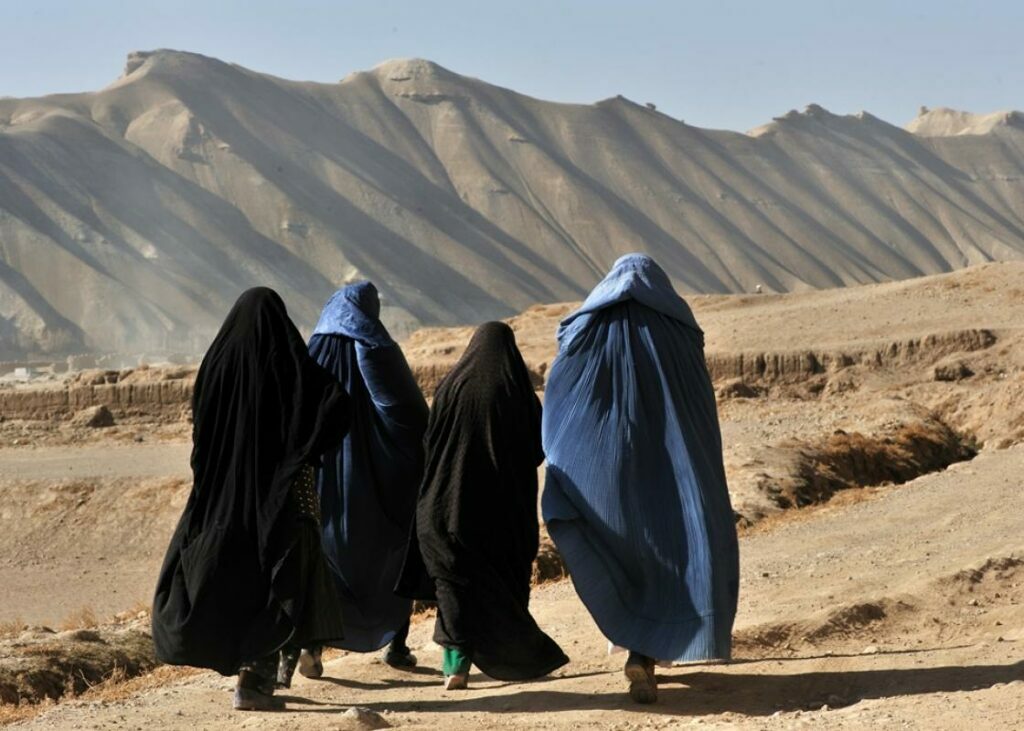
What are some famous cultural landmarks in Afghanistan?
Afghanistan is home to several significant cultural landmarks, including the ancient city of Herat, the historic site of Bamiyan with its giant Buddha statues (destroyed in 2001), the Minaret of Jam (a UNESCO World Heritage site), and the National Museum of Afghanistan in Kabul, which houses a vast collection of archaeological artifacts.
How has the conflict in Afghanistan affected its people?
The conflict in Afghanistan has had a profound impact on its people. It has resulted in the loss of lives, displacement, and the disruption of daily life. The conflict has also affected many Afghans’ education, healthcare, and economic opportunities. Efforts to rebuild and provide assistance to the affected population have been ongoing.
